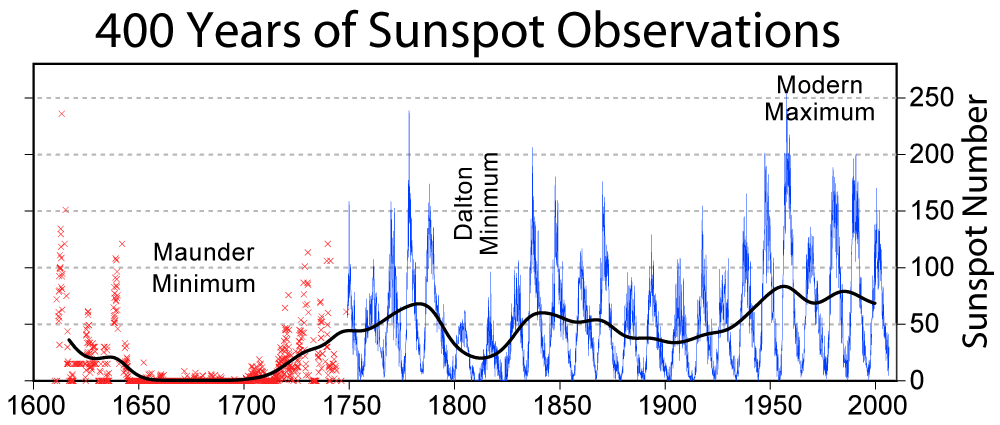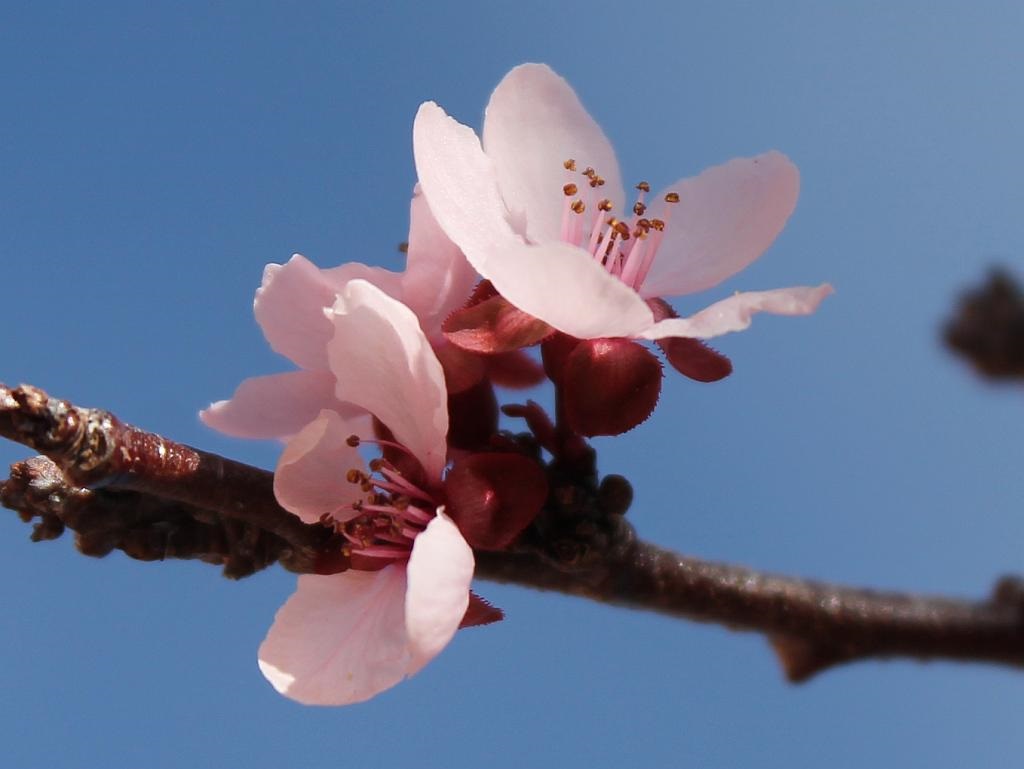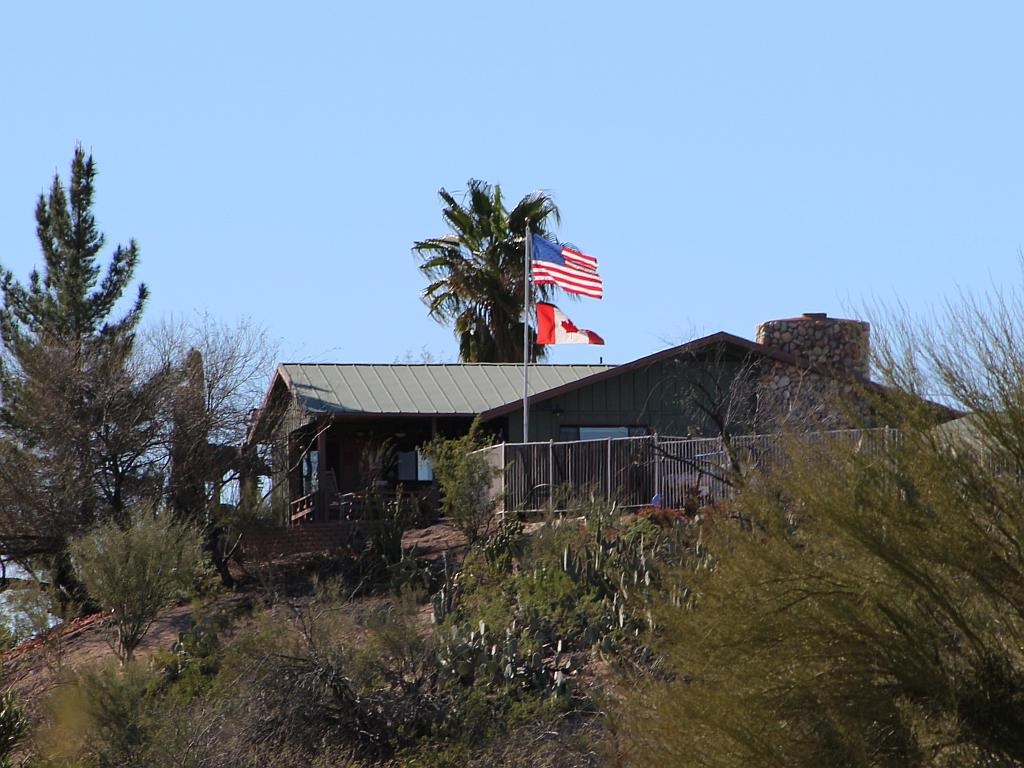
Over eight years ago, we posted a chart similar to the above in a write-up about Correlating Sunspots to Global Climate. The conclusions from that post still hold true today given the lack of ocean levels rising and icecaps melting that the Greenbats would have had you believe. At this point in time, we’re way past the supposed deadline of doom that the Greenbats, UN loonies and Algorians foresaw back then.
I was reading the March 2015 issue of QST Magazine, the publication of the American Radio Relay League (ARRL), when I saw the graphic above. The associated discussion with the sunspot graphic spoke about predicting sunspots for the next solar cycles. The author mentioned that the current cycle may lead to another period of minimum activity as the sun has previously exhibited.
Ham radio operators have known for a century that radio propagation is greatly affected by sunspot activity. The more spots, the merrier for long-distance communication on certain frequencies. Solar flux causes the atmosphere to ionize, thus refracting radio waves over the horizon and even around the entire planet.
If, as the writer of the QST article fears, another sunspot minimum is in the works, then ham operators that depend on ionospheric propagation for their hobby will be out of luck. The rest of the world, in that event, should prepare for the bitter cold that a new minimum will likely bring.
Click on the image to enlarge.







